Timothy syndrome
Recent articles
Organoids and assembloids offer a new window into human brain
These sophisticated 3D cultures reveal previously inaccessible stages of human brain development and enable the systematic study of disease genes.
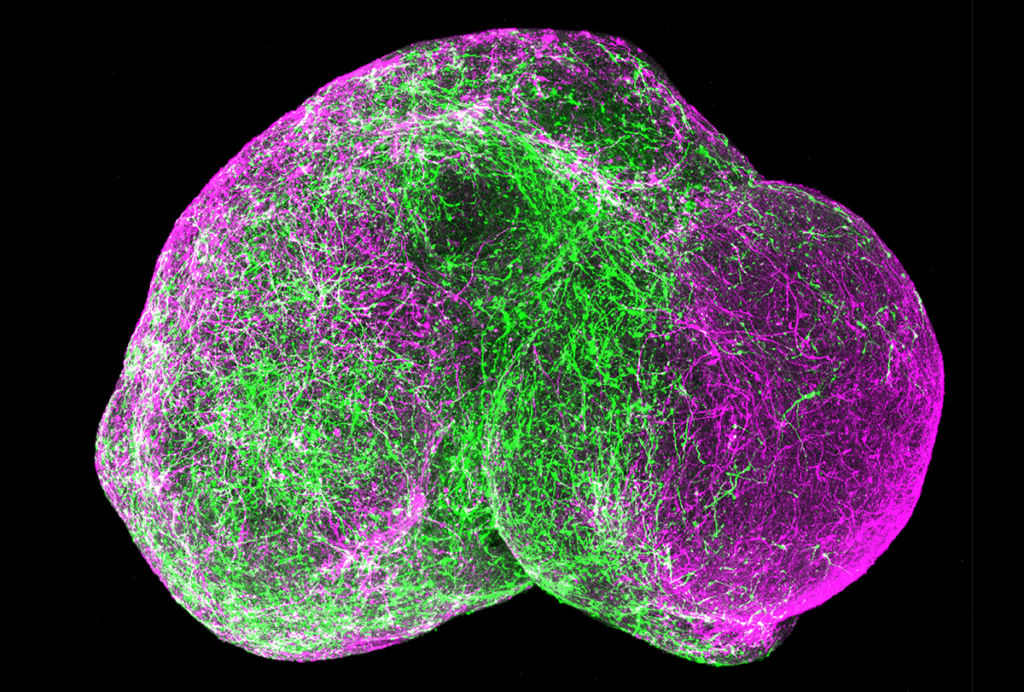
Organoids and assembloids offer a new window into human brain
These sophisticated 3D cultures reveal previously inaccessible stages of human brain development and enable the systematic study of disease genes.
RNA drug corrects calcium signaling in chimeric model of Timothy syndrome
The drug, tested in rats that have human neurons, could enter clinical testing as early as next year, researchers say.
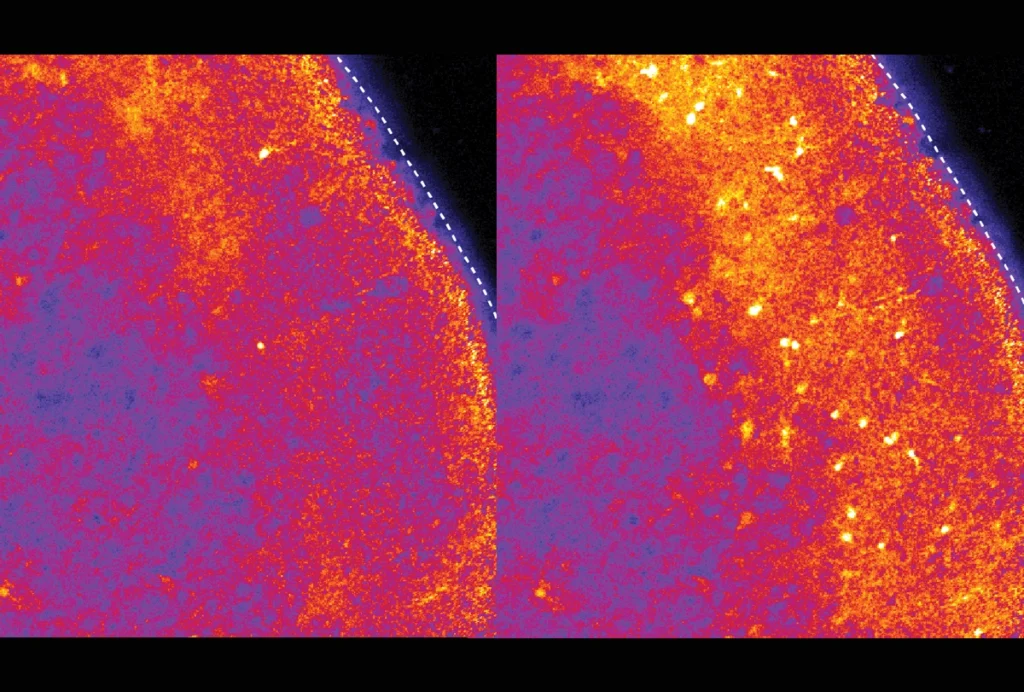
RNA drug corrects calcium signaling in chimeric model of Timothy syndrome
The drug, tested in rats that have human neurons, could enter clinical testing as early as next year, researchers say.
Human cortical organoids forge functional circuits in rat brains
The transplanted cells integrate into living animals’ neural circuitry and influence behavior.
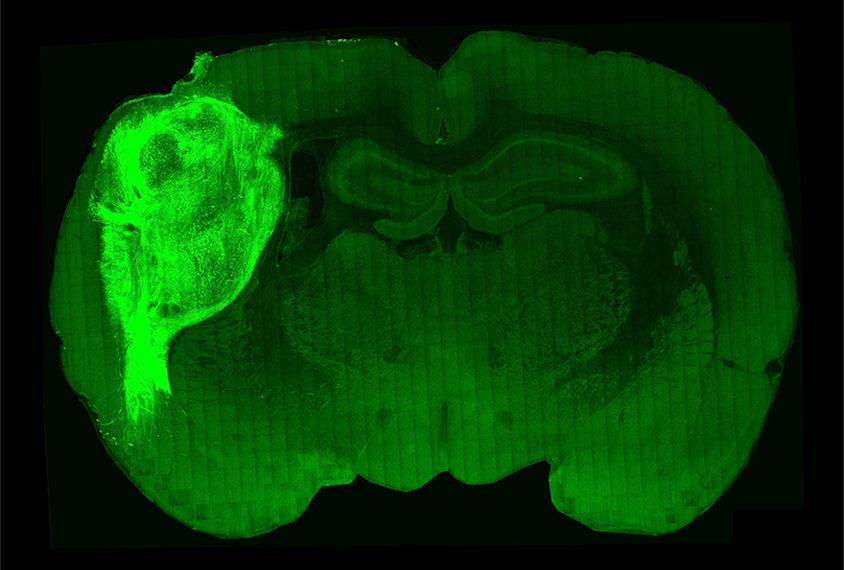
Human cortical organoids forge functional circuits in rat brains
The transplanted cells integrate into living animals’ neural circuitry and influence behavior.
Mini-brains bare tortuous trek of cells in Timothy syndrome
A new technique for building a ‘brain in a dish’ reveals how neurons move to their proper places during fetal development.
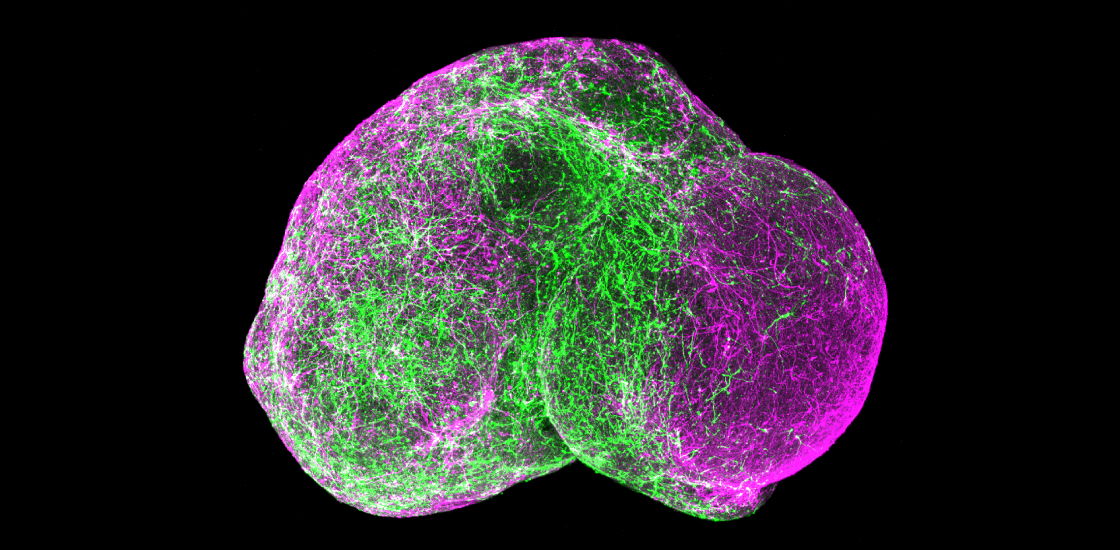
Mini-brains bare tortuous trek of cells in Timothy syndrome
A new technique for building a ‘brain in a dish’ reveals how neurons move to their proper places during fetal development.
Mighty element plays major part in autism
Probing the function of a protein in a calcium signaling pathway may lead to a diagnostic test for autism and a path toward treatments.
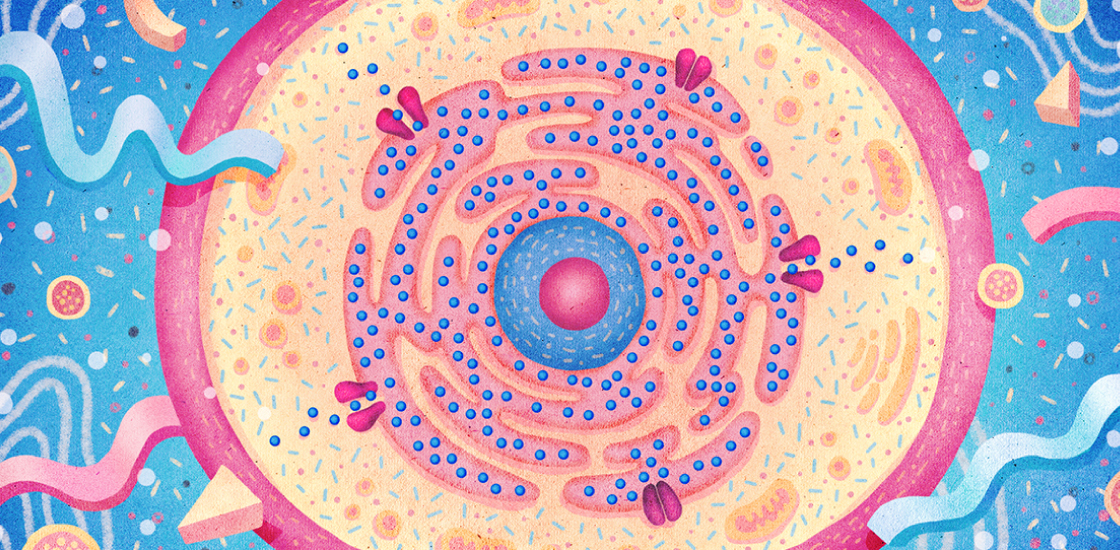
Mighty element plays major part in autism
Probing the function of a protein in a calcium signaling pathway may lead to a diagnostic test for autism and a path toward treatments.
Rising Star: Sergiu Pasca, scientist at play
Sergiu Pasca was among the first to model autism with neurons from affected individuals, a feat that could reveal the biochemical roots of some forms of autism.

Rising Star: Sergiu Pasca, scientist at play
Sergiu Pasca was among the first to model autism with neurons from affected individuals, a feat that could reveal the biochemical roots of some forms of autism.
Rho family of enzymes at crossroads of autism
A number of autism risk factors converge on one cellular pathway: abnormal remodeling of the cell's structural systems through the signaling protein Rho, says SFARI’s associate director for research, Alan Packer.

Rho family of enzymes at crossroads of autism
A number of autism risk factors converge on one cellular pathway: abnormal remodeling of the cell's structural systems through the signaling protein Rho, says SFARI’s associate director for research, Alan Packer.
Molecular mechanisms: Timothy syndrome neurons defective
Neurons from people with Timothy syndrome, and from mouse and rat models of the disorder, have defects in the growth of their branches, according to a study published 13 January in Nature Neuroscience.

Molecular mechanisms: Timothy syndrome neurons defective
Neurons from people with Timothy syndrome, and from mouse and rat models of the disorder, have defects in the growth of their branches, according to a study published 13 January in Nature Neuroscience.
Exploring enigmatic links between mitochondria and autism
Mitochondrial deficits may account for the range of symptoms and neurological deficits seen in autism and explain why it preferentially affects boys, says Douglas Wallace.

Exploring enigmatic links between mitochondria and autism
Mitochondrial deficits may account for the range of symptoms and neurological deficits seen in autism and explain why it preferentially affects boys, says Douglas Wallace.
Allen Institute aims to mass-produce stem cells
The nonprofit Allen Institute for Brain Science in Seattle plans to make neurons from stem cells derived from people with a number of different disorders. The resource, described 25 September at a conference in New York, will be available to all scientists.

Allen Institute aims to mass-produce stem cells
The nonprofit Allen Institute for Brain Science in Seattle plans to make neurons from stem cells derived from people with a number of different disorders. The resource, described 25 September at a conference in New York, will be available to all scientists.
Explore more from The Transmitter
Psychedelics research in rodents has a behavior problem
Simple behavioral assays—originally validated as drug-screening tools—fall short in studies that aim to unpack the psychedelic mechanism of action, so some behavioral neuroscientists are developing more nuanced tasks.

Psychedelics research in rodents has a behavior problem
Simple behavioral assays—originally validated as drug-screening tools—fall short in studies that aim to unpack the psychedelic mechanism of action, so some behavioral neuroscientists are developing more nuanced tasks.
New organoid atlas unveils four neurodevelopmental signatures
The comprehensive resource details data on microcephaly, polymicrogyria, epilepsy and intellectual disability from 352 people.

New organoid atlas unveils four neurodevelopmental signatures
The comprehensive resource details data on microcephaly, polymicrogyria, epilepsy and intellectual disability from 352 people.
Can neuroscientists decode memories solely from a map of synaptic connections?
Five experts discuss the progress, possibilities and hurdles of decoding a “nontrivial” memory from an organism just by analyzing its brain connectivity patterns.
Can neuroscientists decode memories solely from a map of synaptic connections?
Five experts discuss the progress, possibilities and hurdles of decoding a “nontrivial” memory from an organism just by analyzing its brain connectivity patterns.